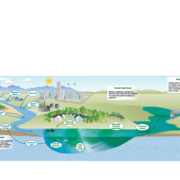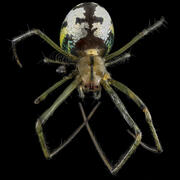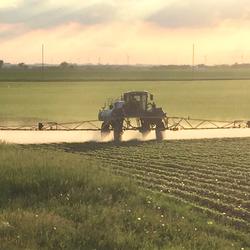Integrated Science Teams
Hydrologists, geologists, chemists, biologists, and geographers work together in the field and laboratories across the United States
Featured Science Activities
Science activities are summarized in a series of feature articles
Questions We Answer
Examples of how specialized teams of scientists answer high priority environmental health science questions.
Toxic Substances Hydrology
Science Centers and scientists supported by Toxic Substances Hydrology develop and apply advanced analytical methods, field investigations, laboratory studies, and modeling capabilities to understand sources, movement, and exposure pathways of chemical and microbial contaminants in the environment. They are integrated in the Ecosystems Mission Area as the Environmental Health Program.






